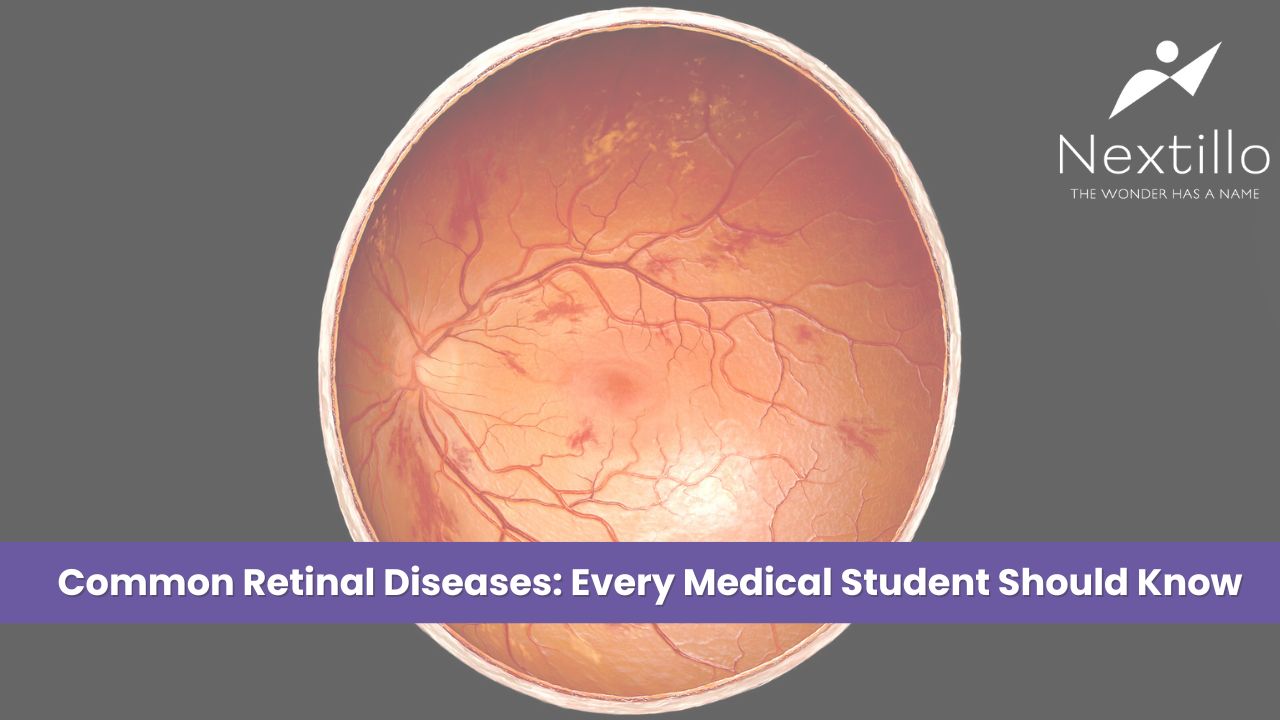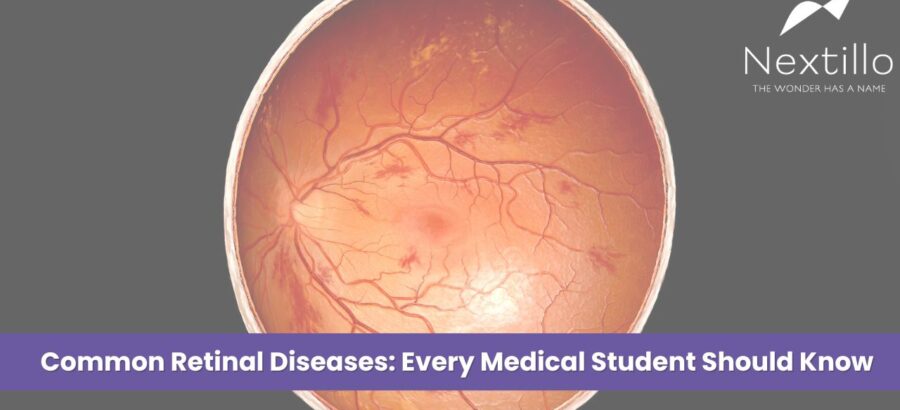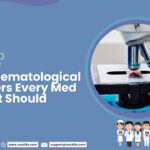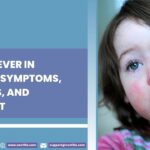The retina is the delicate tissue of the eye. Its main function is receiving the light and sending signals to the brain to be interpreted as images. Since the retina is very crucial in how we perceive the world, any disorder that affects it can heavily impair vision, sometimes leading to permanent blindness if not treated in time. This will be helpful to all of us who will like to or already are professionals, students, or even someone just interested and with the desire to learn about some common retinal diseases.
The following are some very common retinal
Diabetic Retinopathy
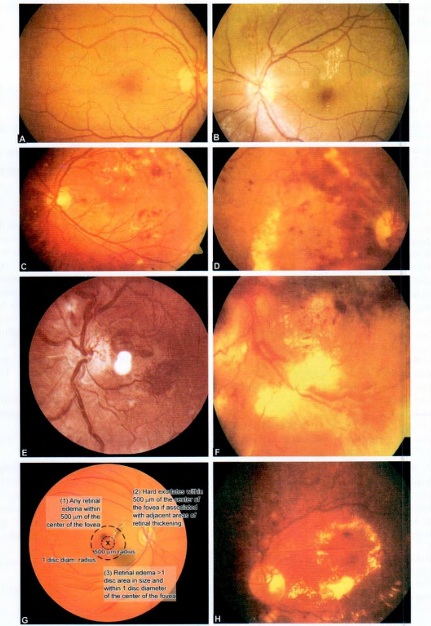
Among the most common retinal conditions currently, Diabetic Retinopathy is a complication of diabetes. Diabetes retinopathy can result in leakage, swelling, or abnormal growth of blood vessels within the retina by damaging the blood vessels in the retina. In many cases, this is a progressive condition that worsens with time if the blood sugar level is not adequately controlled. Most cases of diabetic retinopathy develop without early signs; thus, the regular eye checkup is the most important feature of a patient who has diabetes.
The two types of diabetic retinopathy are non-proliferative and proliferative. NPDR is mild to moderate changes within the retina; it may appear as swollen blood vessels or even tiny leaks. Proliferative diabetic retinopathy is a more severe form of the disease and allows new vessels to grow into the retina. Such vessels are fragile and may easily bleed, thus causing severe loss of vision.
Symptoms: blurry vision, floaters, difficulty seeing at night, and in severe cases, vision loss.
Treatment: Managing blood sugar levels is the first line of defense. In more advanced cases, laser treatments, injections of anti-VEGF (vascular endothelial growth factor) medications, or vitrectomy (removal of the vitreous gel) may be necessary.
Age-Related Macular Degeneration
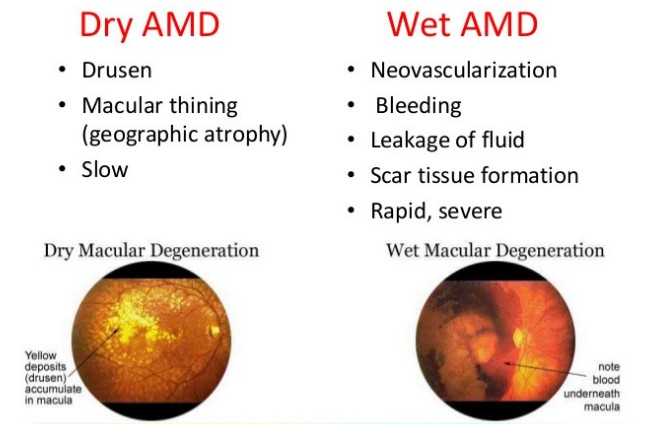
AMD is the main cause of vision loss in older people. It damages the macula. This region is particularly specialized in central vision—everything from reading to being able to recognize faces depends on the macula. It deteriorates slowly through AMD and does not result in complete blindness but severely damages the central area of the vision.
There are two major kinds of AMD, namely dry and wet. Dry AMD is the most common form; thus, a steady and slow loss of vision will be there. Wet AMD is less common but much more dangerous; it is when some abnormal type of blood vessel starts growing underneath the retina and starts leaking fluid and blood. This causes very fast vision loss.
Symptoms include blurred or distorted vision, difficulty in reading or even the inability to see faces, and dark or blank areas in central vision.
Treatments: nutritional supplements and lifestyle adjustments: quit smoking and a healthy diet. Wet AMD patients receive anti-VEGF injections for reducing abnormal growth of vessels
Retinal Detachment
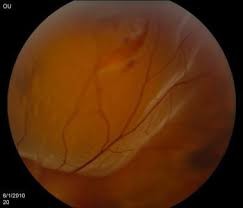
Retinal Detachment is a serious condition that requires immediate medical attention. It occurs when the retina pulls away from the underlying tissue that supports it, disrupting the retinal cells and leading to permanent vision loss if untreated. Retinal detachment is most common in people who are nearsighted (myopic) or who have had prior eye surgery or trauma.
Symptom: It presents with flashes of light, a sudden increase in the number of floaters, and a shadow or curtain in the field of vision.
Treatment: Retinal detachment often requires surgery, and the treatments are laser therapy, cryotherapy, which freezes the vitreous gel, or vitrectomy, where the vitreous gel is removed and the retina is reattached.
Read more: Ophthalmology Blogs for Fmge and Neet PG Preparation
Retinopathy of Prematurity
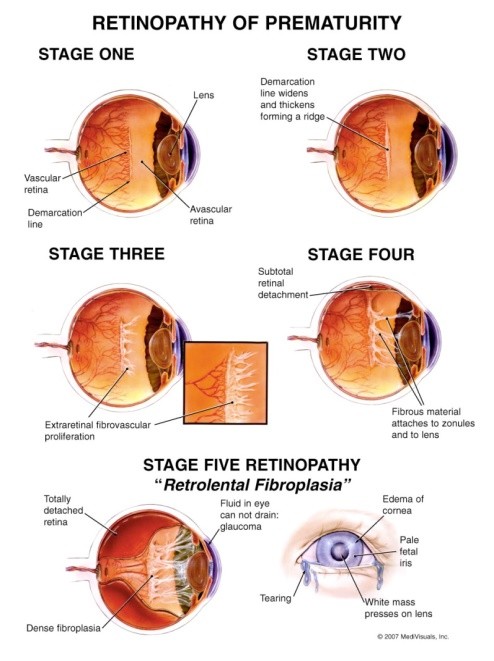
Retinopathy of prematurity (ROP) is a disease that affects premature infants, especially those born before 31 weeks of gestation or with low birth weight. ROP occurs when the blood vessels in the retina grow abnormally and can lead to detachment or scarring. This condition has become less common, but it still requires attention.
Symptoms: It will not exhibit any signs at its onset. However, the developing disease will lead to eye disorders in an infant.
Treatment: An eye test for premature infants can be able to detect ROP in its early stages. The advanced stages of the disease might require laser treatment or anti-VEGF injections to avoid vision loss
Retinal Artery Occlusion
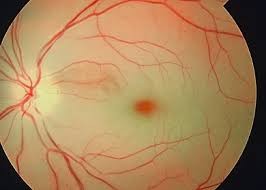
It occurs due to a blockage in an artery that supplies blood to the retina. Embolism: (MCC)
Symptom: painless loss of vision (amaurosis fugax); visual acuity significantly reduced. Fundus examination shows “cherry-red spot” at the macula.
Treatment: Initiate treatment within 24 hours by lowering intraocular pressure (e.g. ocular massage, acetazolamide, iv Mannitol).Fibrinolytic therapy and laser treatment are recommended accordingly.
Neovascular glaucoma may develop in 2–6% of cases.
Retinal Vein Occlusion
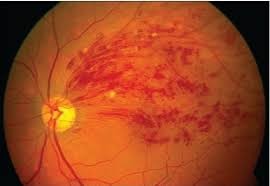
RVO are more common than RAO. It refers to the occlusion of one of the veins that carry blood out of the retina and thus leads to an obstruction in blood pooling and leakage into the retina, leading to subsequent swelling, bleeding, and loss of vision. Patients affected by this disease frequently also suffer from diseases like hypertension, diabetes, and glaucoma. The primary cause is a blood clot (thrombus) in the retinal vein. Risk factors include atherosclerosis and hypertension.
Traid : Stasis of blood flow, Damage to the vessel wall, Changes in blood composition
Treatment: Manage complications such as macular edema, retinal ischemia, or neovascularization.
By anti-VEGF agents or steroids. In some cases, laser photocoagulation controls systemic conditions (e.g., managing hypertension and diabetes).
The most common complications of RVO are macular edema and neovascular glaucoma.
Conclusion
The retina is a delicate and vital part of our vision system, and several disorders can compromise its function. Early detection and treatment are key to preventing irreversible damage. Regular eye exams, especially for individuals with risk factors like diabetes, high blood pressure, or a family history of eye diseases, are essential for maintaining healthy eyes and preventing vision loss.
